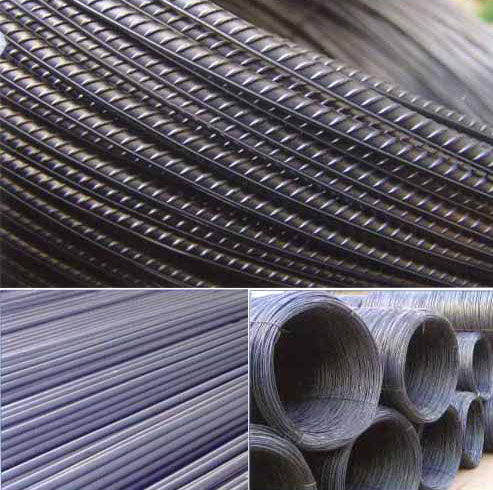Classification of Steels
It is impossible to determine the precise number of steel compositions and other variations that presently exist, although the total number probably exceeds 1000; thus, any rigid classification is impossible. However, steels are arbitrarily divided into five groups, which has proved generally satisfactory to the metalworking community.
These five classes are:
• Carbon steels
• Alloy steels (sometimes referred to as low-alloy steels)
• Stainless steels
• Tools steels
• Special-purpose steels
The first four of these groups are well defined by designation systems developed by the Society of Automotive Engineers (SAE) and the American Iron and Steel Institute (AISI). Each general class is subdivided into numerous groups, with each grade indentified. The fifth group comprises several hundred different compositions; most of them are proprietary. Many of these special steels are similar to specific steels in the first four groups but vary sufficiently to be marked as separate compositions. For example, the SAE-AISI designation system lists nearly 60 stainless steels in four different general subdivisions. In addition to these steels (generally referred to as “standard grades”), there are well over 100 other compositions that are nonstandard. Each steel was developed for a specific application. It should also be noted that both standard and nonstandard steels are designated by the Unified Numbering System (UNS) developed by SAE and ASTM International.
You might also like
| The Phenomenon of Hydrogen Embrittlement Hydrogen Embrittlement Hydrogen embrittlement... | What is Steel? Steel - a Definition According to European... | Copper Alloys What are Copper Alloys ? Copperis one of... | Meteorite What is a meteorite material ? A meteorite... |




 Alloy Suppliers
Alloy Suppliers
 Aluminum
Aluminum
 Aluminum Extrusions
Aluminum Extrusions
 Copper-Brass-Bronze
Copper-Brass-Bronze
 Nickel
Nickel
 Magnets
Magnets
 Stainless Steel
Stainless Steel
 Stainless Steel Tubing
Stainless Steel Tubing
 Steel Service Centers
Steel Service Centers
 Titanium
Titanium
 Tungsten
Tungsten
 Wire Rope
Wire Rope